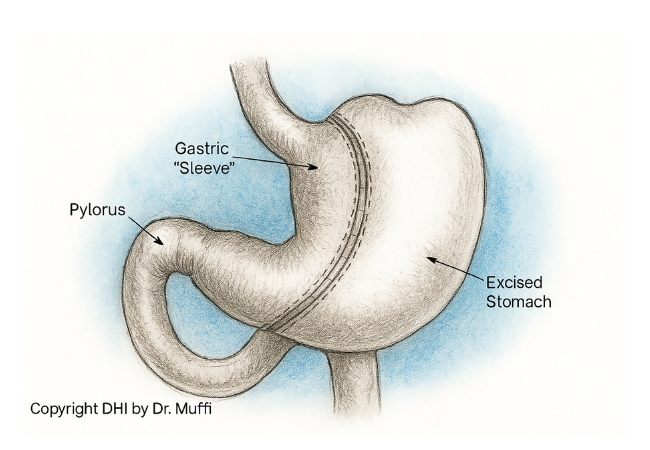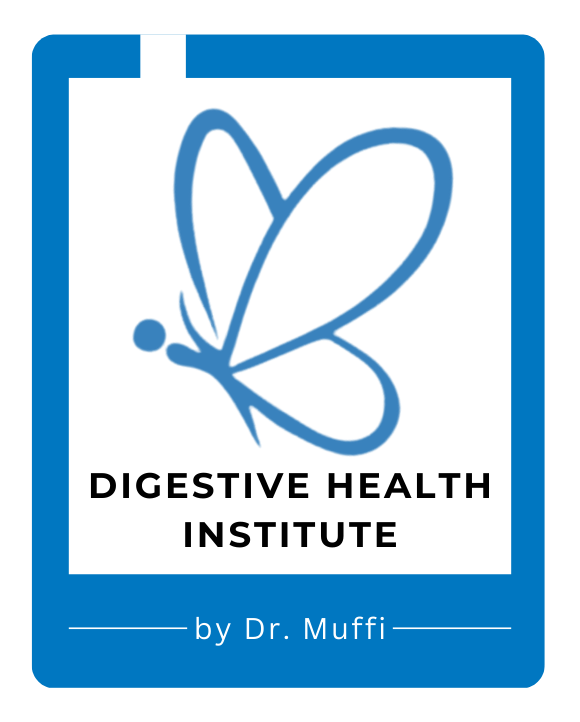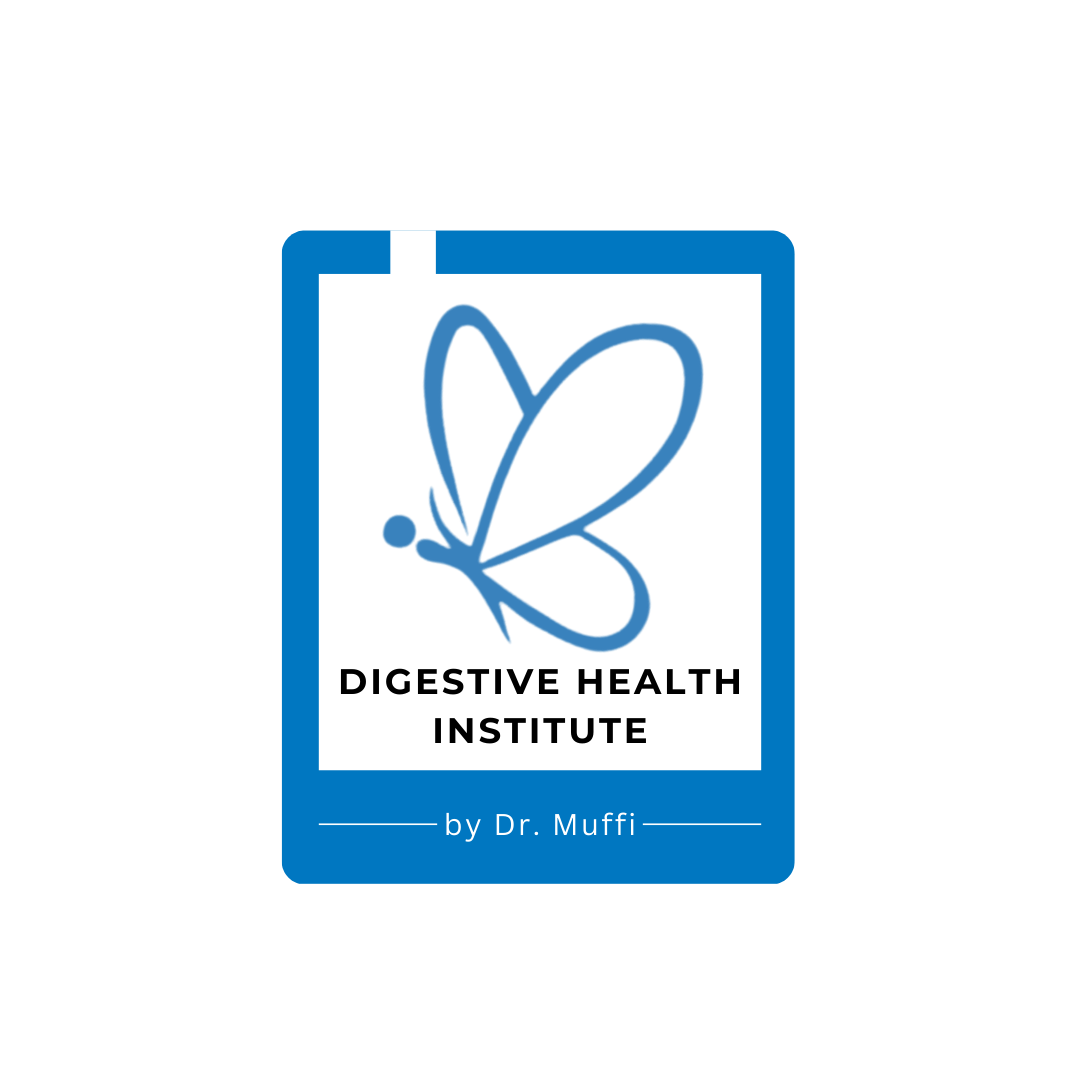Sleeve Gastrectomy
Process | Dietary Requirements | Ideal Patients

What is Sleeve Gastrectomy?
Sleeve Gastrectomy is one of the most widely performed bariatric procedures globally. It is a permanent weight loss surgery that involves removing approximately 70–80% of the stomach, leaving behind a slender, sleeve-shaped stomach that resembles a banana.
This smaller stomach not only restricts food intake but also significantly reduces hunger by eliminating the part of the stomach that produces ghrelin, the “hunger hormone.”
Key Features of the Procedure
- Performed Laparoscopically or Robotically – ensuring minimal scarring, shorter hospital stays, and faster recovery
- Preserves Digestive Tract Anatomy – no rerouting of intestines
- Lower Risk of Nutrient Deficiency compared to malabsorptive surgeries
- Reduces Hunger & Enhances Satiety
Who is it recommended for?
1. individuals with morbid obesity (BMI ≥ 40) or BMI ≥ 35 with comorbidities like: Type 2 Diabetes, Hypertension, PCOS, Sleep Apnea
2. Ideal for younger patients and as a first-stage surgery for individuals with very high BMI (60+)
3. Not suitable for those with:
- Severe GERD (acid reflux)
- Large hiatal hernias
Nutrition Care Plan for Pre- and Post-Bariatric Procedure
Before Surgery:
Follow a 7-day liquid diet to help shrink your liver and prepare your body for a safer procedure.
After Surgery :
You’ll follow a structured diet plan to support healing and healthy weight loss:
- Week 1-2: Clear and full liquids
- Weeks 3-4: Soft or pureed foods
- Week 4 and beyond: Gradual reintroduction of healthy solid foods
Foods to Avoid (especially early on):
- Sugary foods and drinks
- Carbonated beverages
- Fried or greasy foods
- Tough meats and foods with skins
Following this plan helps your stomach heal properly and sets the foundation for long-term success.
What digestive changes can I expect after LSG?
Common digestive changes may include:
- Feeling full quickly
- Occasional nausea (especially early on)
- Sensitivity to certain foods (spicy, greasy, or sugary items)
Unlike RYGB or SADI, malabsorption is not a feature of the sleeve, so vitamin deficiencies are less common but still possible.
What are the typical side effects and recovery time?
Common side effects include nausea, pain, and acid reflux. Recovery usually involves a 2-3 days hospital stay, followed by a liquid diet and gradual food progression.
Will I need to take vitamins after sleeve surgery?
Yes. Even though LSG doesn’t involve intestinal rerouting, you’ll still need daily vitamins to prevent deficiencies.





